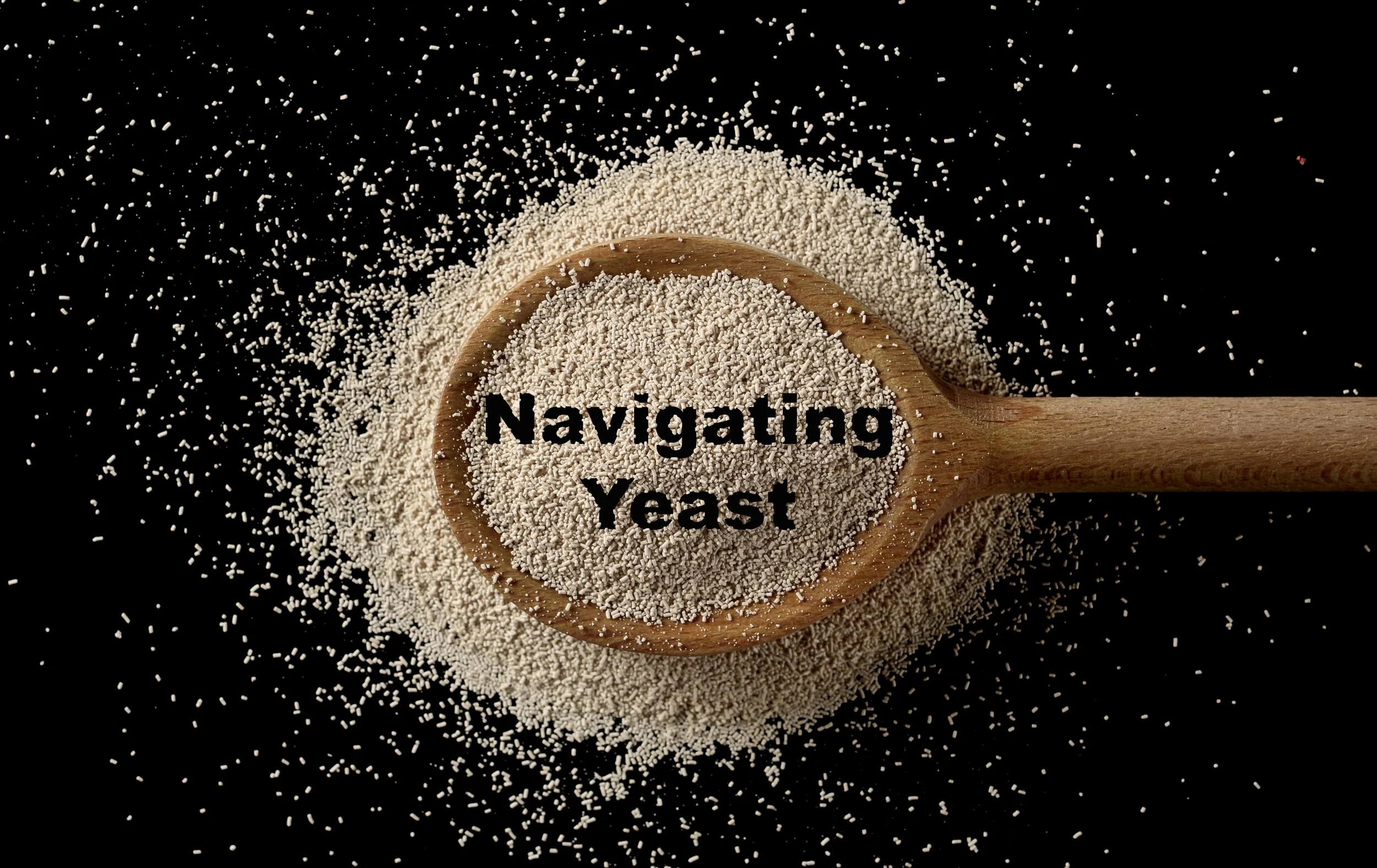Navigating Yeast: 8 Simple Tips for Better Bakes
When I first started baking with yeast, I whipped up my fair share of brick-like bread simply because I hadn't yet discovered some key tips and tricks. We all learn, right?
Navigating the realm of yeast in baking can be a daunting task, often painted with tales of stress and unpredictability. Yet, in the midst of these challenges lies a secret – working with yeast can be surprisingly easy and immensely rewarding.
Tips for handling Yeast:
Check the Expiration Date: Double check to make sure your yeast is not expired. Fresh yeast is crucial for a good dough rise.
Store in Fridge or Freezer when Not Using: Cold temperatures slow down the metabolic processes of yeast. Storing yeast in the fridge helps to reduce its activity, preserving its viability for a longer period. It also prevents spoilage.
Use Warm Liquid to Activate: When activating yeast, use warm liquid (around 110°F/43°C). Too hot can kill the yeast, while too cold won't activate it properly. If anything, try to aim for room-temperature liquid to activate your yeast with.
Time for Liquid Activation: Recipes normally call for allowing the yeast to sit in warm liquid for 5-10 minutes until it becomes frothy. The frothy and bubbly reaction indicates that yeast is alive and active.
Add a Sweetener to Help Activate Yeast: A pinch of sugar or honey in the warm liquid can provide extra food for the yeast and enhance its activity. The presence of sugar accelerates the fermentation process by jumpstarting the yeast's metabolism. This is particularly beneficial when you want a quicker rise.
Use Instant Yeast without Liquid Activation: Did you know that some recipes call for instant yeast, which is a type of yeast that doesn't require activation in warm liquid? Instant yeast can be added directly to the dry ingredients, saving time and skipping the activation step. If you’re worried about using liquid activation, this is a great alternative to try out!
Use Quality Flour: High-quality flour with adequate protein content is important for good yeast development as well as bread structure. When shopping, look for flour labeled ‘bread flour’. This type of flour should have a higher protein content than generic, all-purpose flour.
Separate Salt and Yeast: When salt comes into direct contact with yeast, it can slow down or even inhibit the fermentation process. This might result in a less effective rise and impact the overall texture of the bread. It’s good practice to initially separate yeast and salt in the dry ingredients and mix them into the dough separately. This allows the yeast to activate without interference from the inhibiting effects of salt, promoting a more successful rise and better texture in the final product.
With a bit of understanding and the right techniques, the stress of working with yeast can transform into a joyful experience.
“On your baking journey, every moment is a chance to learn and grow. Don’t be disheartened by a flat loaf; consider it a stepping stone toward your next perfect rise.”

